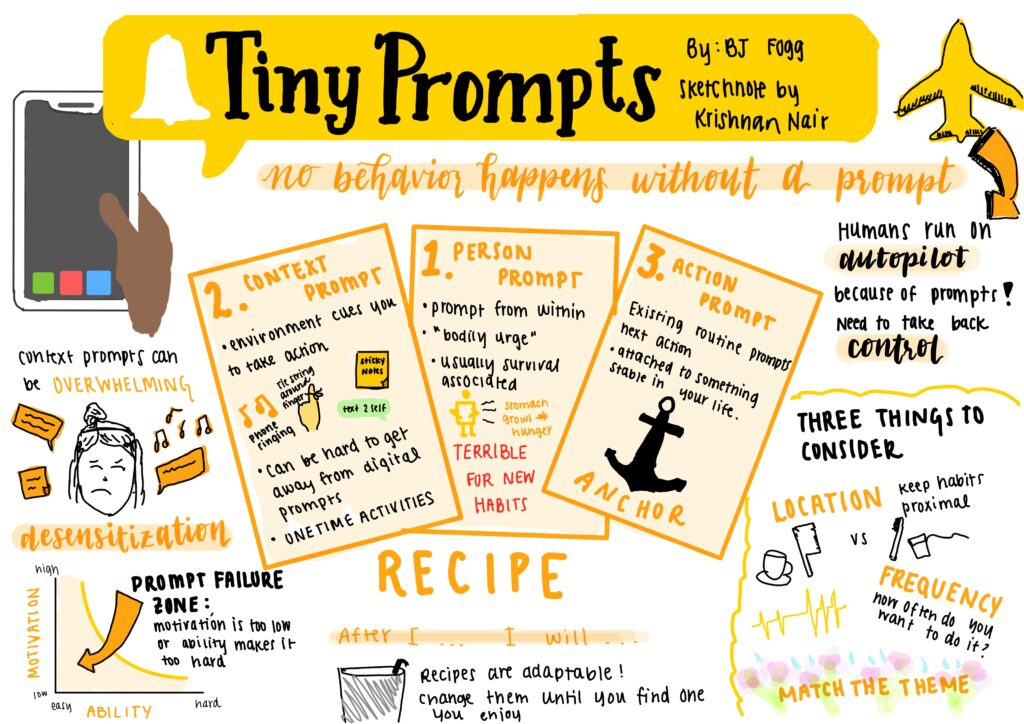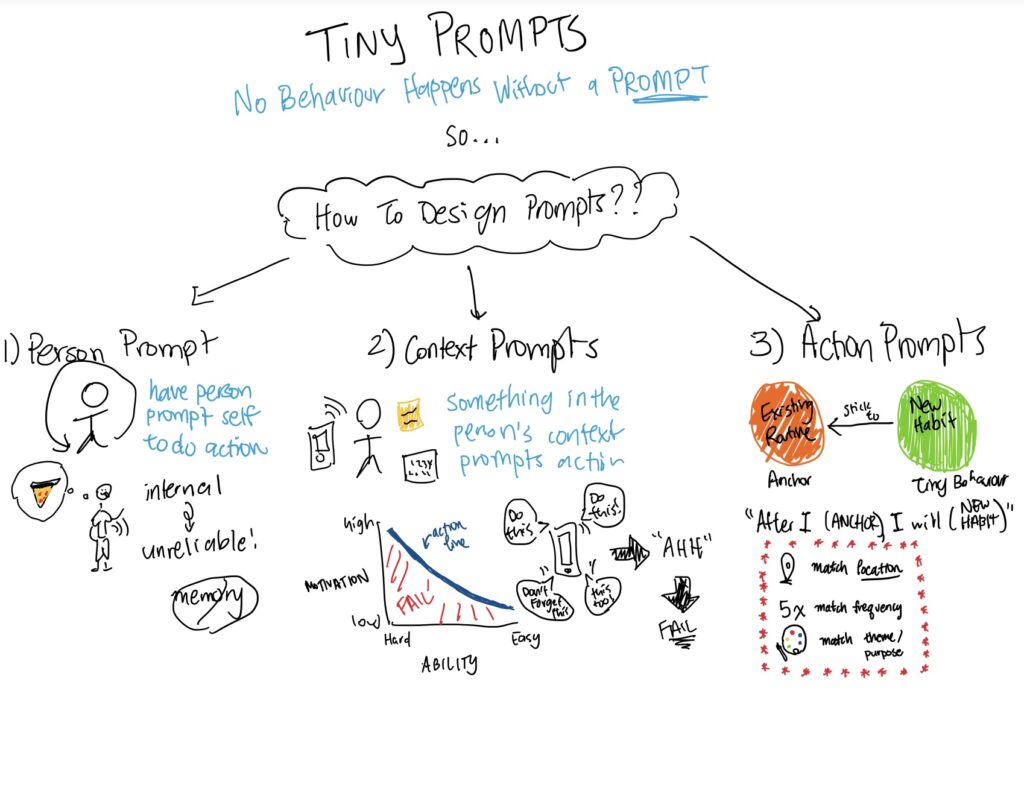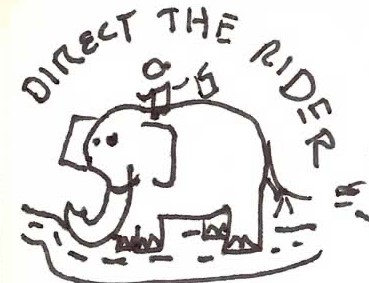Working on the FurFuel project was an insightful dive into the world of product management, one that taught me a lot about balancing user needs, team collaboration, and strategic decision-making. Our goal was ambitious: to create a unique, health-oriented pet food line that prioritized quality, affordability, and convenience, especially for middle-income pet owners with tight budgets and busy schedules. But beyond the idea itself, this project became a practical lesson in managing the intricacies of teamwork, rapid iteration, and user-centered design.
One of our most valuable steps was conducting in-depth interviews with dog owners at Stanford Shopping Center. These interactions gave us raw insights into the pain points real users face—high food costs, the need for fresh and nutritious options, and the inconvenience of storing bulky pet food. Hearing these stories directly from pet owners solidified our understanding and drove us to think about how our solution could address their specific needs effectively. This phase reminded me of the importance of stepping into users’ shoes to validate assumptions and ground ideas in real needs.
Team dynamics played a significant role in shaping our approach. We each brought unique perspectives and strengths, whether in strategy, user research, or execution. Early on, we set clear communication norms and divided the workload fairly, which kept us aligned and motivated throughout the project. The pitch process was another eye-opener. We received feedback to narrow our focus to just one market segment, such as dog food, which prompted us to hone in on a freeze-dried, bulk-packed dog food option. This specificity not only made our pitch clearer but also aligned us more closely with our users’ core needs. This feedback allowed us to strengthen our value proposition significantly.
Working with my teammates in this context taught me the value of feedback, adaptability, and maintaining user focus from start to finish. This project has been a rewarding journey.



